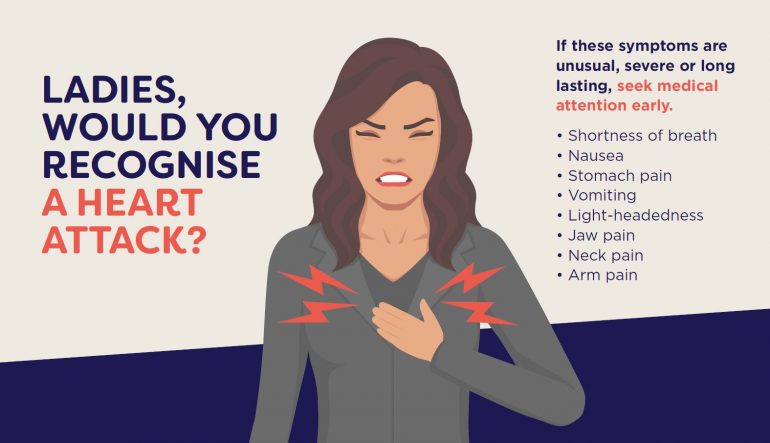The hearts of men and women work differently
- Written by Rapid Response Revival

Sudden Cardiac Arrest kills more than six million people worldwide every year, making it one of the world’s dominant causes of premature death. In Australia, more than 25,000 people die annually from Sudden Cardiac Arrest – that’s around 70 deaths a day – and most of them, are women.
Why women are more at risk of sudden cardiac death
Cardiovascular disease is the leading cause of death in women.
In Australia, heart disease kills more than two times as many women as breast cancer – yet the specific risk factors for women are poorly understood – not only by women, but also by health professionals in a position to help women recognise the risks and symptoms of sudden cardiac arrest.
Why is this?
The hearts of women and men are different
When it comes to cardiac risk and symptoms of heart problems, women and men are different.
Estrogen helps protect women from cardiovascular disease. So, as women experience menopause, cardiac risk increases significantly. This is why heart failure typically occurs at an older age in women compared to men.
Symptoms of an impending cardiac event, such as heart attack or sudden cardiac arrest, also differ between men and women.
For example, signs of impending heart failure in men include chest pain, shortness of breath, and nausea.
In women, the signs are far more numerous and include more generalised symptoms such as dizziness, fatigue, light-headedness, and back, neck or jaw tightness. On top of that, women are less likely to experience chest pain than men when at-risk of acute myocardial infarction (AMI).
These factors contribute to the increased likelihood for heart disease to be misdiagnosed in women. They also explain why women are more likely to present with a broader range of symptoms, which can be mistaken for other maladies by health professionals.
Lower chances of resuscitation
Is also likely to be a contributor to the fact that women are less likely than men to receive help, be resuscitated, and survive out-of-hospital cardiac arrest.
This study demonstrated that women are less often resuscitated than men by bystanders – and when resuscitation is attempted, women have lower survival rates at each successive stage of care.
One reason women are less likely to receive help from bystanders – and by extension, why women are more at risk of sudden cardiac death – comes down to social conventions: simply that we don’t want to take the patient’s clothes off in public.
This is less surprising when you consider that the majority of CPR training manikins are all flat-chested – even the ones purported to represent women.
Addressing the problem
The combination of these gender-specific biological and societal risk factors presents a range of issues for women. So much so that specific organisations, such as the Lancet women and cardiovascular disease Commission, exist to address the problem.
At the heart of efforts to address this situation, is education and preparedness.
Four out of five sudden cardiac arrests happen in the home.
Sudden cardiac arrest can affect anyone, anywhere, anytime.
Survival requires a witness being able to call for help, start CPR and apply a defibrillator within minutes of a cardiac arrest – because without treatment, chances of survival decrease by 10 per cent with every minute lost.
An Australian invention, CellAED was devised to get AEDs into homes and help households, neighbourhoods and communities be better prepared to save lives from sudden cardiac arrest.
A fraction of the cost of conventional AEDs and similar in size to a block of chocolate, CellAED is designed to be deployed in seconds with its easy Snap, Peel, Stick action.
Winner of the 2022 European Product Design Award for Life Science Design, the CellAED personal defibrillator is designed to make life-saving technology accessible and affordable for EVERYONE.
Australians are the first in the world to have access to CellAED, which can be purchased now at CellAED.io for AUD$359.










